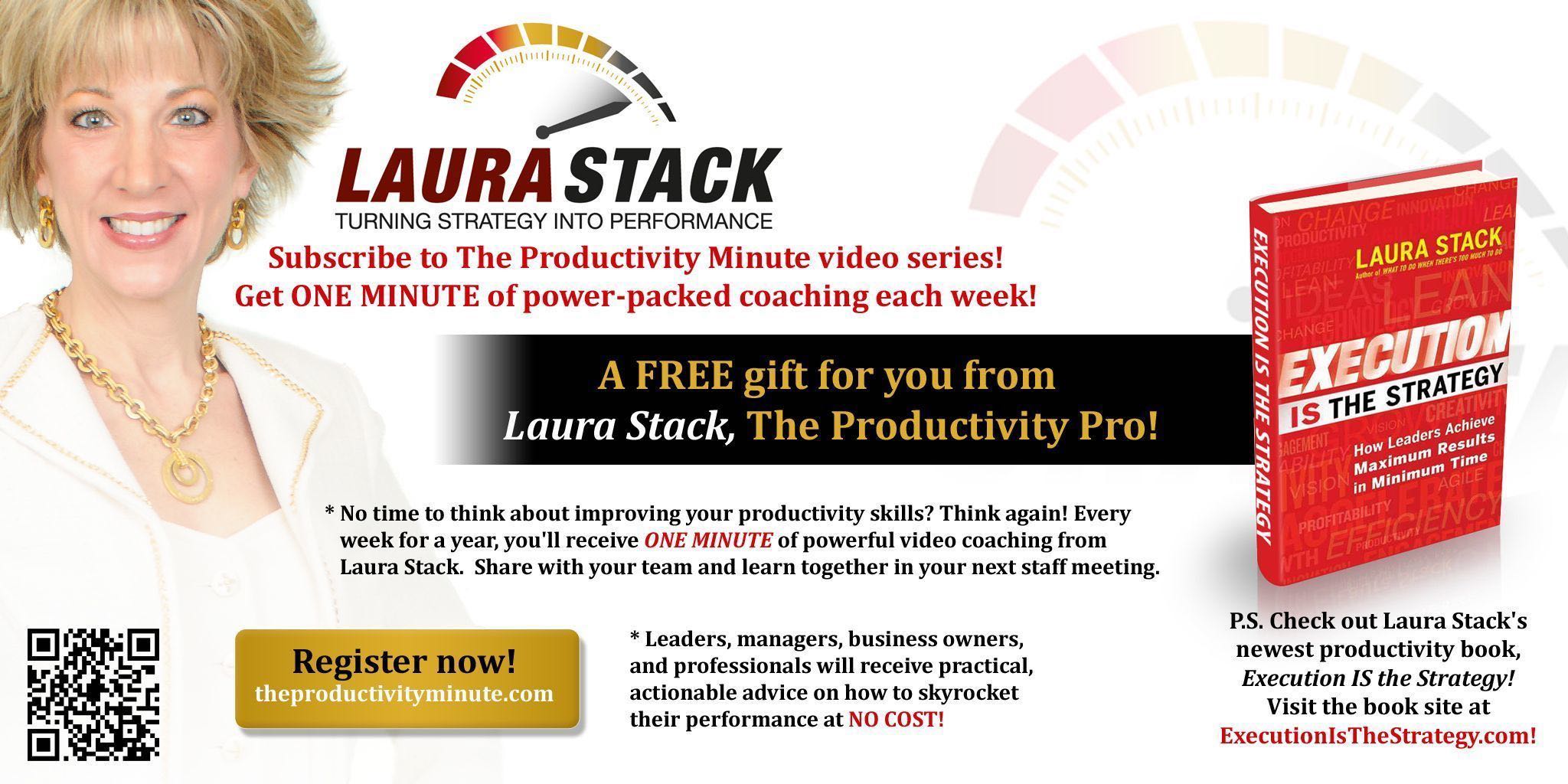5 tips for holding meetings people want to attend
If there’s one thing people love to hate at work, it’s the team meeting. One-on-one meetings aren’t so bad. But the bigger the meeting, the more likely someone will do something to extend it, whether by ignorance or design. Who hasn’t wished a plague of locusts on a team member who just has to have one more clarification of some obscure point, when all anyone else wants to do is get back to productive work?
There’s no doubt that meetings represent the best way to transmit information and answer questions for a group, or to introduce new team members to one another. But not only do they deprive us of black-ink productivity, they also tend to be boring. That’s probably their worst sin in most people’s eyes.
Fortunately, you can buy your team’s attention during meetings if you can perk them up and jump-start their energy. I’m not saying make the meeting a party, though using some of these techniques to liven it up can’t hurt.
1. Provide food
There are sound psychological and physiological reasons to break bread as a group, even if you’re talking finger foods and veggies for the health conscious. First of all, it just seems natural and comfortable to discuss things as we eat; it’s a part of the human social makeup to do so. Though this usually occurs in less formal settings, why not put it to use in a meeting? Second, many people can use the calories to wake up their brains and even out the energy gap between meals. If you have to hold a daylong meeting, you should have lunch brought in. Who’s going to complain when you buy them lunch?
2. Keep it short
Short meetings neatly avoid the problem of boredom, which strikes if a meeting goes much longer than 45 minutes. If you can keep a meeting to a half-hour or less, people will be less likely to dread or resent it. Even better, end the meeting early. If you schedule it for 30 minutes, end it in 25. That’s always a treat. At the very least, end right on time.
3. Change the venue
Conference rooms bore people. The atrium at the local Starbuck’s doesn’t, and there’s fancy coffee. Ditto for the backroom of a favorite restaurant; you can spring for lunch after the meeting. Though you may not be able to do it often, an occasional venue change will shake people up and keep them guessing.
4. Surprise people
One executive surprised his team by briefly exiting the room and coming back dressed as a superhero, to illustrate a couple of points about being the customer’s hero. You can also bring in a hired speaker to talk about something from an outsider’s perspective, invite an appreciative client who wants to thank the team for their work, or hand out little rewards or bonuses. Celebrate wins, recognize milestones, and acknowledge accomplishments. When they don’t know what’s going to happen, it’ll help you keep them on their toes with eyes wide open.
5. Structure the meeting tightly
Organize your meeting so people expect to participate. Along the way, make the meetings both efficient and effective by:
- Clarifying the decisions to be made and who owns them
- Staying on track and avoiding tangents by following an agenda, distributed in advance
- Repeating the decisions made
- Tracking action items and holding people accountable
Simple, clean, and quick
Want your meetings to be easy, popular, and memorable? Keep them short and encourage people to enjoy themselves. Doing business doesn’t have to be a sterile process. When people enjoy what they’re doing and where they’re doing it, safe in the knowledge their time won’t be wasted, they’ll more happily attend and contribute everything they can—within the brief span of time you’re asking them to invest.
Check out The Productivity Minute video series with Laura Stack.

Photo: Flickr / hktang CC BY 2.0

